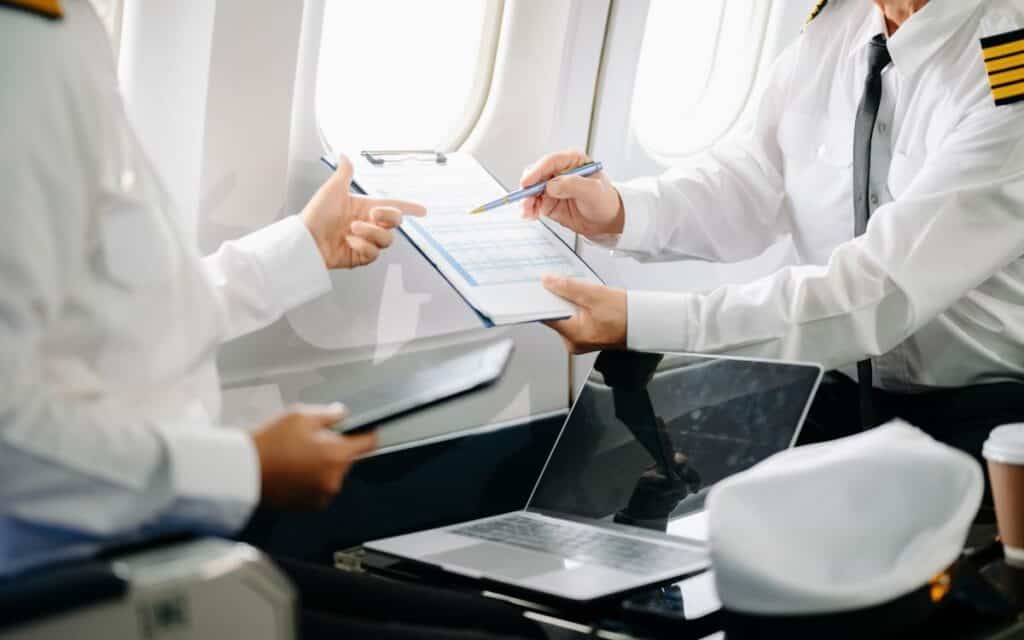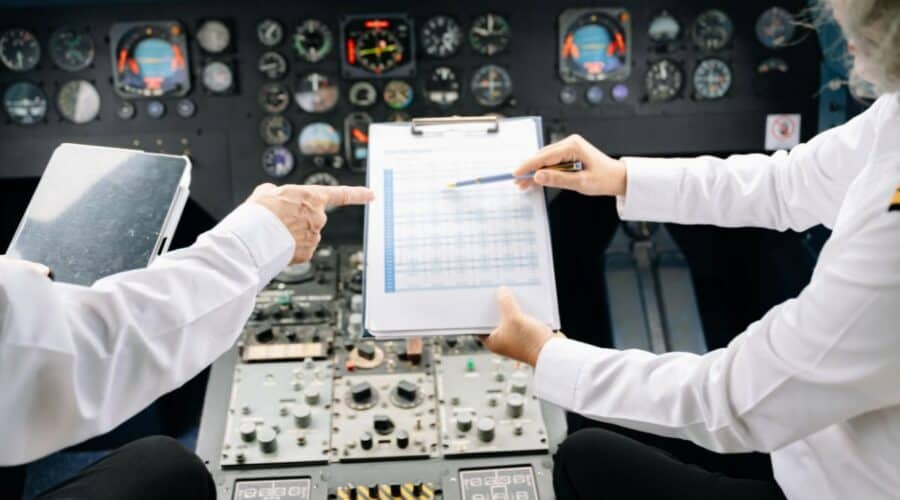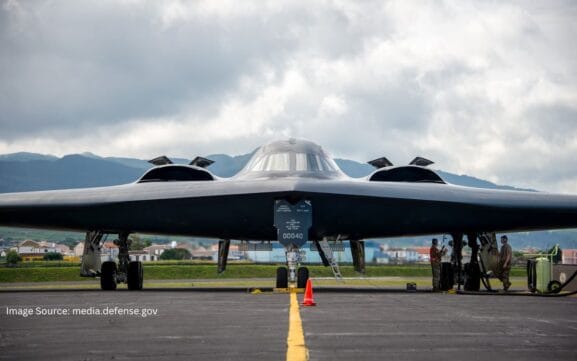The Professional Aircraft Appraisal Organization (PAAO)
Since 2019, the PAAO has been visible more and more while a previous aircraft appraisal organization (The National Aircraft Appraisers Association – NAAA) has been observed far less. So, what is the difference between these two organizations? Is the PAAO just a “warmed over” version of the NAAA? Is the PAAO a “fly-by-night” type of operation (pardon the pun) and who makes up the PAAO? Let’s try to unpack these questions and help individuals better understand the PAAO and why it is important to the aircraft appraisal industry that they exist.
What Happened to the NAAA?
The short answer to this question is that the NAAA unceremoniously ceased operations in December 2018. The exact reasons are unclear. While there were several rumors swirling around during the latter part of 2018, none of these appeared to have any credibility. At this point, it is important to simply understand that the NAAA no longer exists – even though several individuals still refer to themselves as NAAA members (more on this point later).
Where Did the PAAO Come From?
Attempts were made by several NAAA members with years of aircraft appraisal experience to acquire the NAAA in an effort to keep the previous 200+ NAAA members under a well-established professional “umbrella” in order to sustain their respective aircraft appraisal businesses with a minimum level of interruption to them or their clients. However, those efforts were unsuccessful.
At the very end of 2018 (literally with only a few days left in the year), these aircraft appraisers decided that the best and most effective course of action was to establish the Professional Aircraft Appraisal Organization. LLC (PAAO). The thinking was to take attributes from the previous organization that served clients well by providing credible, reliable reporting (such as the training, the requirement for field visits and so forth) and establish other attributes that focused more on promoting the public trust. In fact, “promoting the public trust” is part of the PAAO Value Statement.
With this background in mind, the focus of the PAAO Board was to move forward and focus on the future of the PAAO versus looking back at the NAAA – and that focus will continue here.
Is There a Difference Between the Two Organizations?
The short answer is “yes” but the differences extend well beyond the PAAO and the previous organization as there are also differences with every other organization in the aircraft appraisal industry as the PAAO is focused exclusively on the evaluation and documentation of aircraft.
For starters, the PAAO is focused on ethical behavior and is currently the ONLY appraisal organization that performs a criminal background check on all potential Associates BEFORE they enter the PAAO. Those individuals with a felony conviction are denied access into the PAAO – regardless of their qualifications or skillset. After all, would ANYONE (client or owner) want a convicted felon looking through the subject aircraft? The most likely answer is “no”.
PAAO Appraisers are also the only ones in this industry who consistently perform field visits to research the aircraft and its records. After all, the key data points are in the field with the subject aircraft including the logbooks and other related datapoints such as the condition of the airframe (a value point not captured by other appraisers). Not performing field visits and/or reviewing ALL logbooks provides a less credible and less reliable opinion of value.

The PAAO Board of Directors reviews the qualifications of all applicants and the PAAO requires applicants to have a background in aviation before being seriously considered – and the PAAO appears to be the ONLY organization to do so. This specific difference is also important because other organizations believe that if an individual is trained to appraise “heavy machinery” or if they possess a pilot’s license, then they can also appraise aircraft. The reality is that those attributes alone do not promote credible, reliable reporting as most individuals are trained to never leave their office to look at one rivet on the airframe or turn a single page in a logbook thereby missing important details.
How Do PAAO Appraisers Determine the Value of Aircraft and How is This Different Than Other Methods?
Without getting too far into the weeds on appraisal techniques and terminology, most appraisal projects develop an opinion of value by researching the selling price of similar property or equipment. The thinking is that knowing the selling price of X allows the appraiser to estimate the value of Y – although a few adjustments may be needed due to the differences in value points between X and Y. This method may work well with real estate or items that have reasonably well documented selling prices and/or a limited number of variables or value points. Real estate is a good example because the appraiser can see what similar properties sold for at the local courthouse and, given a few parameters, can estimate the value of a given house or a piece of property. This explanation is greatly simplified but the important point to take away is that aircraft are very different when compared to other types of property. The number of value points is greater, and the permutations along with the combinations of these value points makes the typical process challenging. These differences are important to understand if the objective is to provide a credible, reliable opinion of value.
It should be noted that there is no public database of aircraft selling prices. Value guides appear to simply take information from their subscribers and there is no indication that they validate the information received. Others who have actual selling price information treat it as confidential and are generally unwilling to share any details. But, even if these individuals did provide pricing information, there is another part of the equation that is missing. That missing information includes details of the deal itself and details about the aircraft. Neither of these factors can be confirmed with any degree of confidence so one piece of information without the other is somewhat meaningless as the selling price may involve other considerations, it may be misstated, the buyer may be under some pressure to purchase, etc. and all of these impact the selling price of an aircraft.
The PAAO uses a more analytical approach to appraising aircraft, developing opinions of value based on detailed market data and component analysis, rather than relying solely on standard methodologies or average retail figures. By creating a mathematical model rooted in current field research and real-time market values, PAAO appraisers deliver more credible and reliable valuations. This method makes it easier to account for factors such as damage history or missing logbooks. In contrast, other methods that depend on broad assumptions without direct field research often yield unreliable and less credible results. In other words, most aircraft evaluators continue to use outdated market data derived from unverified sources and utilize incorrect analyses when developing an option of value. This methodology may work well if the objective is to provide a predetermined result and if no ethics are involved or enforced, then it could lead to biased or manipulated outcomes that undermine the integrity of the process.

I See Individuals Who Continue to Advertise Their Credentials as “NAAA” Certified. Is that Legitimate?
Because the NAAA ceased operations at the end of 2018, anyone who claims to be an “NAAA Appraiser” is betting that individuals who hire them as a result of their “NAAA Credentials” hasn’t read this article or is unaware that the NAAA no longer exists. In my opinion, it is an overt attempt to mislead the public regarding their credentials and their legitimacy.
Given these complexities, the PAAO’s approach places a premium on rigorous, hands-on examination and transparency. Importance of Professional Aircraft Appraisal—insisting on field visits and comprehensive logbook inspections—helps set PAAO appraisals apart as both defensible and trustworthy in a market where reliable data can be elusive. Appraisers are expected to blend technical expertise with ethical standards, ensuring their reports stand up to scrutiny from buyers, sellers, and financial institutions alike. As a result, the PAAO has established itself not simply as a successor to the NAAA, but as an organization determined to elevate professional standards and foster greater confidence within the aircraft appraisal community.
For an impartial, professional aircraft appraisal by a trained expert, visit the Plane Data Inc.’s website at www.planedata.com to get started.





